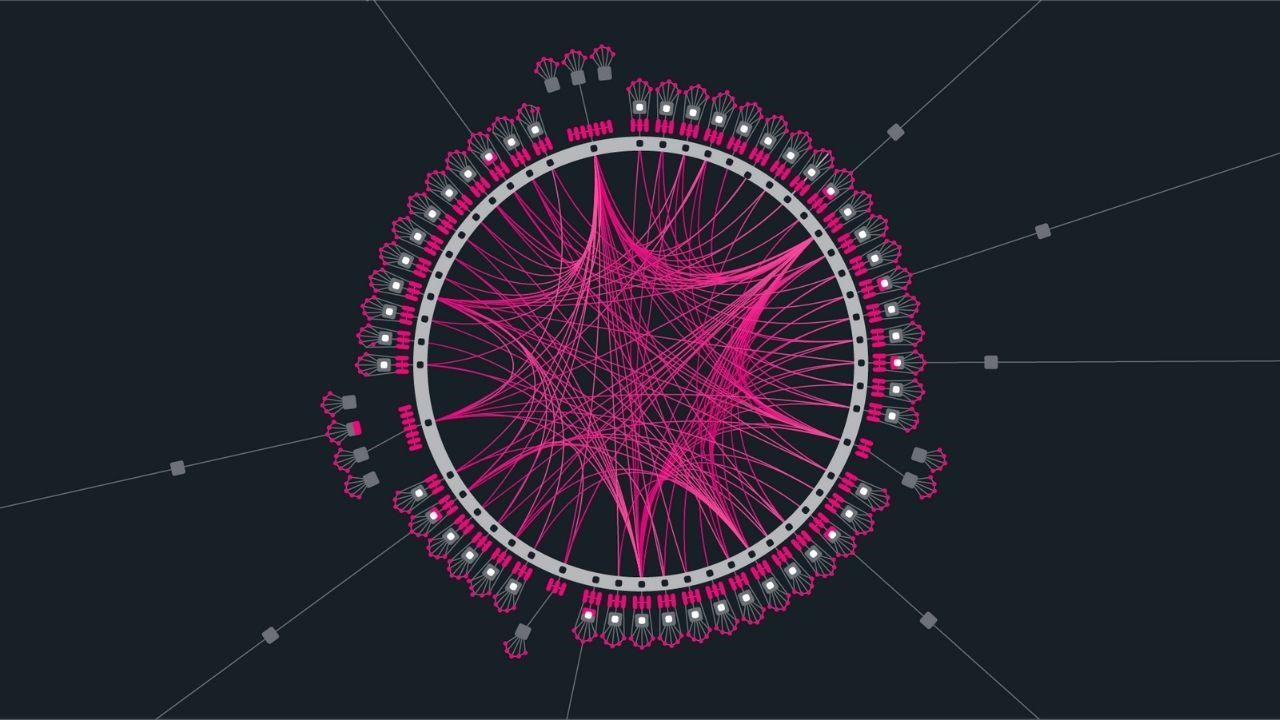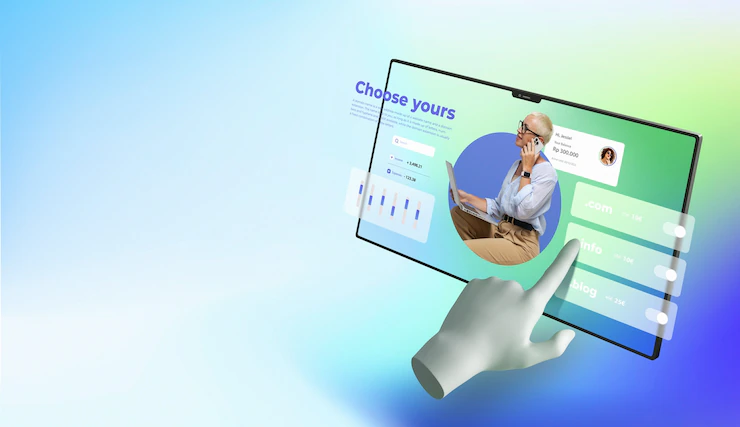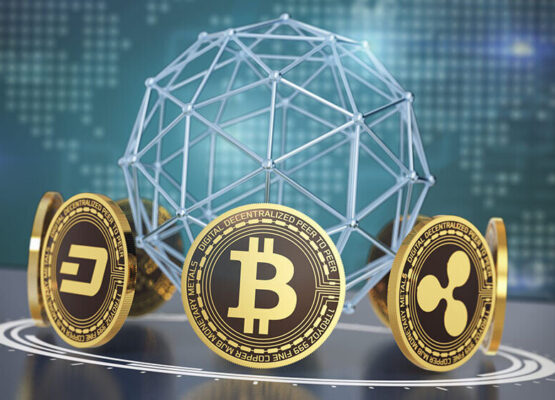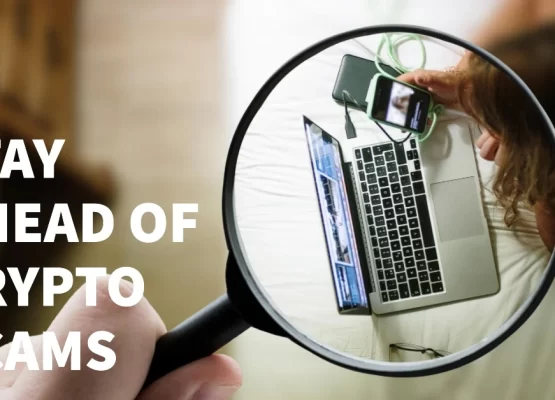The Polkadot blockchain is a new and innovative part of the blockchain ecosystem. It is different from other blockchains and aims to solve the problems that come with decentralised finance.
Some of the problems with existing blockchains that the Polkadot blockchain fixes are scalability, problems with upgrading the blockchain, high transaction fees, and being able to work with other blockchains.
Scalability problems, which affect most of the top blockchains today, have made it so that only a certain number of transactions can be verified per second. As the networks grow and get bigger, this becomes a big problem. It causes a lot of transactions to happen at once, which causes transaction fees to be high and response times to be long.
In a world where the needs of the market are always changing and getting better, it is important to keep up with investors’ needs by updating blockchain development services to meet those needs. This isn’t possible with most blockchains, though, because an update would cause the whole chain to split, which could take months to do correctly.
One of the biggest problems in the decentralised finance ecosystem is that blockchains can’t talk to each other, share information, or do transactions well at the moment.
The Polkadot blockchain takes care of all of these problems. The Polkadot blockchain connects several chains into a single network. It lets them process transactions faster in parallel and makes it easier for them to share data between chains. The Polkadot Parachain came about because of this idea.
A Quick Introduction To Polkadot Parachain
The Polkadot blockchain is made up of a network of different blockchain pieces called parachains. These parachains are connected to and protected by the relay chain. Think of a ceiling fan to get a good idea of what I mean. People compare the fan’s motor to the relay chain and the fan blades to the parachains.
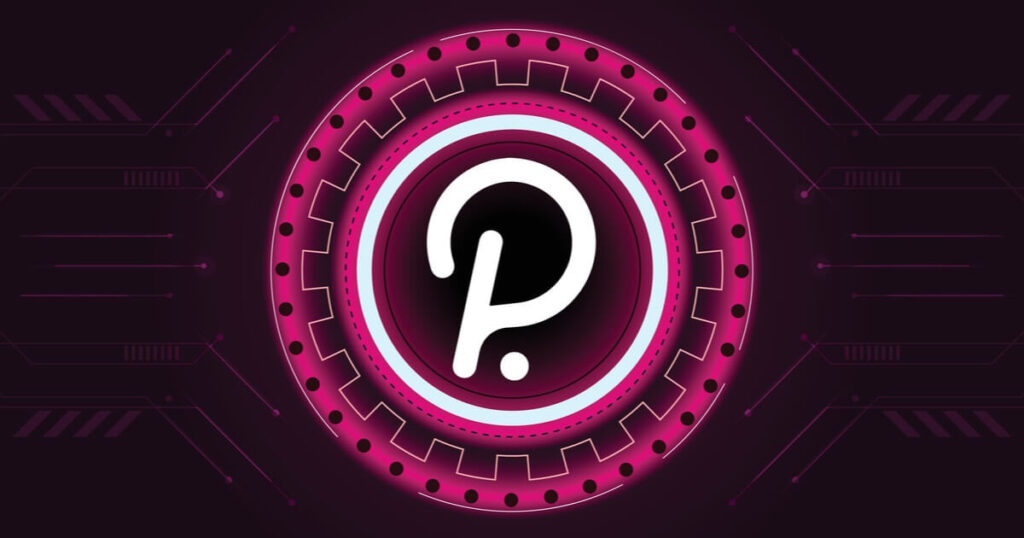
These parachains are advanced layer-1 blockchains that go beyond what most other blockchains in the ecosystem can do right now. Developers can optimize their ecosystem for any use case they want with Polkadot Parachain.
Polkadot developers came up with the idea of Polkadot para chains to solve the problems that most blockchains have. Polkadot para chains are interconnected, specialized, scalable, allow seamless on-chain upgrades, use on-chain treasuries, have built-in and customizable governance, built-in security, are built with the substrate, let users send any data, and give users the best user experience by allowing low and fast transactions.
Key Features of Polkadot Parachains:
Here are five important things you should know about the Polkadot Parachain so you can better understand what it is and how it works.
1. Flexibility
The Polkadot parachain is flexible just by being what it is. Polkadot Parachain gives projects built on the Polkadot blockchain more freedom than other blockchains, where decentralised applications are built within the blockchain’s limits. Projects can have their own design, native token, and use case, which can be anything from DeFi to NFT, IoT, gaming, or even supply chain. Projects can also choose their own block time, mining reward, governance process, and others can be built from their own development platforms.
This idea lets the blockchain ecosystem have better services and more complex economies.
2. Interoperability
The fact that blockchains and decentralised applications can’t share data with each other is a big problem that makes it hard for people to use decentralised finance widely. The Polkadot para chains are a rich, interconnected ecosystem where data flows freely between the chains, leading to new services that can work with each other. This makes it possible to send any kind of data between dApps and parachains.
3. Scalability
Leading blockchains aren’t scalable because transactions are handled one at a time. This causes network congestion and high fees when demand for dApps goes up. This problem is solved by Polkadot’s parchhain, which handles all transactions at once and in parallel, spreading them out across the whole multichain network for maximum scalability and a better user experience for investors.
4. Administration and Safety
Para Chains are able to make their own governance features and processes so that they can set up the best system for their community. It can also use Polkadot’s built-in openness if it thinks that would be good for its community and fun.
Every parachain is safe because when they connect to Polkadot, they get strong security on their own.
5. Polkadot Parachute Auction
Polkadot may only be able to support 100 parachains, and they will be given out in different ways. The parachains will be linked to the Polkadot by renting a spot on the relay chain. This lease will last for 96 weeks, but it can be renewed. For decentralised applications to get a spot in the parachain, they will have to take part in an on-chain auction and lock up a bond in $DOT for the length of the lease.
The Parachain auction has 5 stages: the bonding stage, the auction cost stage, the crowd loan stage, the auction duration stage, and the slot duration and lease periods.
How is Building a Smart Contract different from Building a Parachain?
Polkadot gives you two ways to deploy your app: as a smart contract on an existing parachain or as your own parachain. There are pros and cons to using either one, and this section will help you understand them.
Parachains are separate chains that have their own runtime logic and use the Polkadot relay chain’s shared security and interchain messaging to their advantage. Parachains allow for a lot of flexibility and customization, but they are harder to set up.
There will be one or more parachains that act as smart contract platforms on the Polkadot mainnet. Smart contracts are programmes that can be run, but they only exist on one chain and aren’t very complicated. They can work well with other smart contracts because they are all on the same chain. But they will always be limited and constrained by the features of their host chain.
A parachain is better if you need to have a lot of control over the design and features of your application. Remember that smart contracts can be used as a place to try out ideas before they are turned into full-fledged parachains. Most platforms for smart contracts will have easier-to-use tools, like integrated development environments (IDEs), to make iterations go faster. Before putting in the full work to build out a parachain, a smart contract MVP could be made to see how interested users are.
With parachains, the people who make the chain will have more room to build the money system from the ground up. They will make it possible to carry out complicated logic in a way that a smart contract platform could never do. Parachains also have better governance and can do full upgrades in a way that is less controversial than the way hard-forks do it now.
Some of the features that can be on a Parachain are:
- Custom fee structure (for example, pay a flat fee for transactions or pay by byte)
- You can set your own inflation policy for the native token Treasury, which will be paid for by transitions in your state function.
- A way to manage a decentralised autonomous organization (DAO) that is in charge of distributing your on-chain funds.
So, you want to make a Parachain
Now that you’ve decided that building a parachain is the best way to do your new project, the next step is to choose which framework to use. At the moment, Substrate is the only way to build parachains.
In the future, the Polkadot runtime will be written in a lot of different languages, such as C++, Rust, Go, and JS.
Key Takeaways
The parachain is one way that the Polkadot blockchain’s ecosystem is different from other blockchains and helps users deal with the problems that come with using decentralised finance.
With the Polkadot Parachain, transactions can be verified quickly, transaction fees are low and clear, and blockchains can talk to each other better.
When parachains are used, developers can also enjoy the security, governance, and flexibility they offer.

